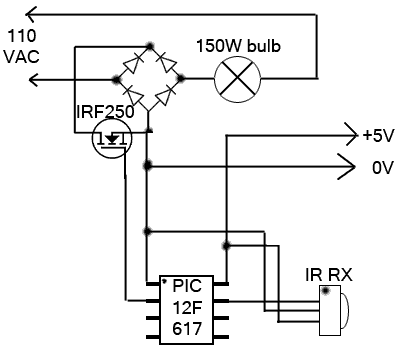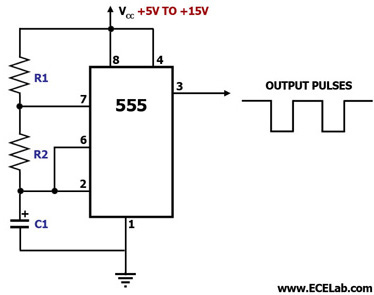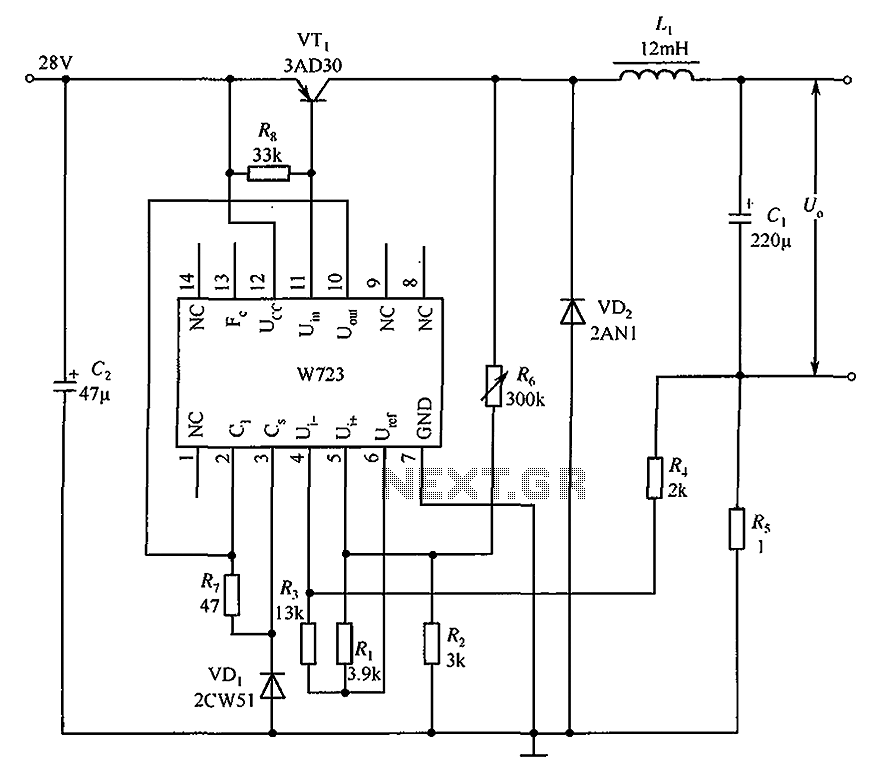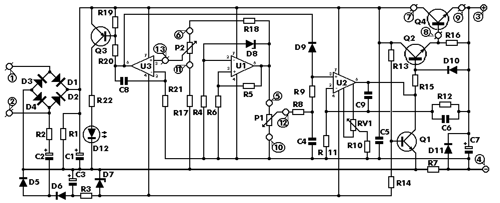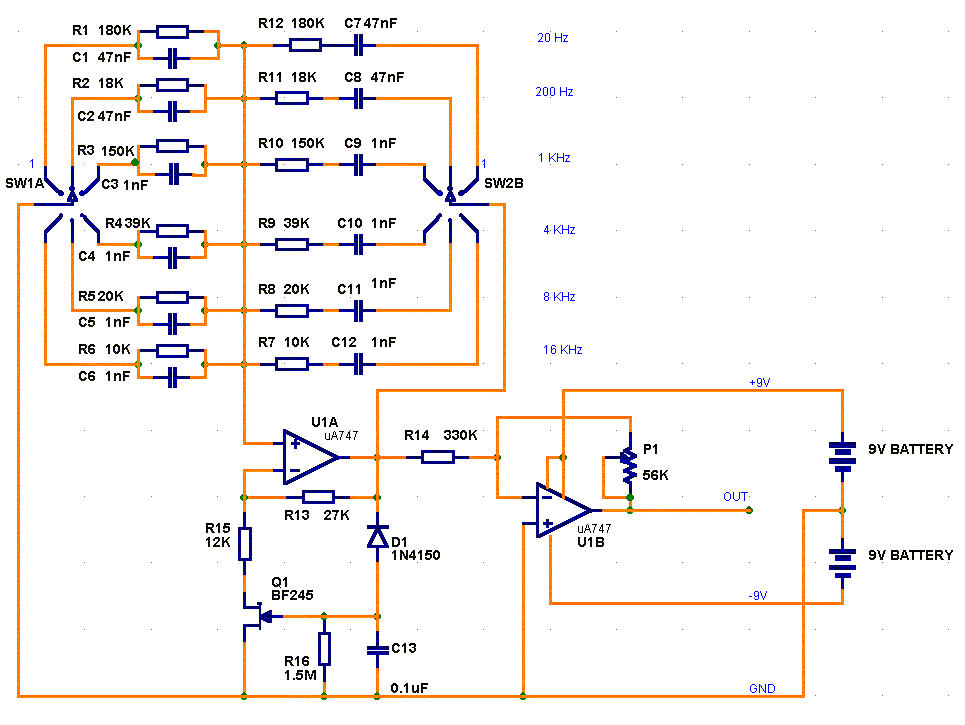
High voltage stabilizing circuit diagram composed of optocouplers

The circuit is illustrated. A standard driving transistor requires a higher breakdown voltage transistor (such as the FIG driving tube 9013). As the output voltage rises, the bias on VT55 increases, leading to an increase in the forward current of the light-emitting diode. This causes the voltage across the photodiode to decrease, which in turn biases the regulator to reduce junction resistance, resulting in a decrease in output voltage. Conversely, when the output voltage increases, the system works to maintain a stable output voltage.
The described circuit operates with a focus on maintaining stable output voltage levels through feedback mechanisms involving various components. The use of a driving transistor with a higher breakdown voltage, such as the 9013, is critical for ensuring reliable operation under higher voltage conditions. The transistor VT55 plays a pivotal role in the circuit's performance as it regulates the biasing conditions.
When the output voltage increases, the forward current through the light-emitting diode (LED) also rises. This increase in current is significant as it affects the voltage across the photodiode, which is a key component in the feedback loop of the circuit. The reduction in voltage across the photodiode leads to a decrease in the biasing current for the regulator. This action effectively reduces the junction resistance within the regulator, which in turn causes the output voltage to decrease.
The feedback mechanism is essential for ensuring that the output voltage remains stable despite fluctuations in load conditions or input voltage variations. If the output voltage begins to rise excessively, the circuit automatically compensates by adjusting the biasing conditions, thereby preventing overvoltage situations. This self-regulating behavior is crucial for applications requiring consistent voltage levels, such as in power supply circuits or LED drivers.
Overall, the circuit exemplifies a robust design that utilizes feedback from the LED and photodiode to maintain output stability, ensuring reliable operation across varying conditions. The careful selection of components, such as the high breakdown voltage transistor and the configuration of the feedback loop, contributes to the overall effectiveness of the circuit in achieving its intended performance objectives. Circuit is shown. Normal driving transistor would need a higher breakdown voltage transistor (FIG driving tube 9013). When the output voltage increases, VT55 bias increases, B5 light emitting diode forward current increases, the voltage between the photodiode decreases, the regulator be biased to reduce junction resistance increases and the output voltage decreases ; on the contrary, the output voltage increases, thereby maintaining a stable output voltage.
The described circuit operates with a focus on maintaining stable output voltage levels through feedback mechanisms involving various components. The use of a driving transistor with a higher breakdown voltage, such as the 9013, is critical for ensuring reliable operation under higher voltage conditions. The transistor VT55 plays a pivotal role in the circuit's performance as it regulates the biasing conditions.
When the output voltage increases, the forward current through the light-emitting diode (LED) also rises. This increase in current is significant as it affects the voltage across the photodiode, which is a key component in the feedback loop of the circuit. The reduction in voltage across the photodiode leads to a decrease in the biasing current for the regulator. This action effectively reduces the junction resistance within the regulator, which in turn causes the output voltage to decrease.
The feedback mechanism is essential for ensuring that the output voltage remains stable despite fluctuations in load conditions or input voltage variations. If the output voltage begins to rise excessively, the circuit automatically compensates by adjusting the biasing conditions, thereby preventing overvoltage situations. This self-regulating behavior is crucial for applications requiring consistent voltage levels, such as in power supply circuits or LED drivers.
Overall, the circuit exemplifies a robust design that utilizes feedback from the LED and photodiode to maintain output stability, ensuring reliable operation across varying conditions. The careful selection of components, such as the high breakdown voltage transistor and the configuration of the feedback loop, contributes to the overall effectiveness of the circuit in achieving its intended performance objectives. Circuit is shown. Normal driving transistor would need a higher breakdown voltage transistor (FIG driving tube 9013). When the output voltage increases, VT55 bias increases, B5 light emitting diode forward current increases, the voltage between the photodiode decreases, the regulator be biased to reduce junction resistance increases and the output voltage decreases ; on the contrary, the output voltage increases, thereby maintaining a stable output voltage.
